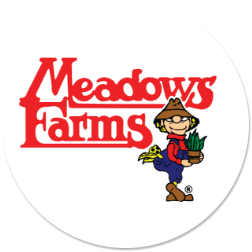
There’s nothing more beautiful than a patch of bee balm blooming in a summer garden, with various birds, bees, and butterflies dancing around its numerous flower heads. With a little care and patience, bee balm can become a yearly staple in anyone’s perennial garden.
About Bee Balm
Named for Nicholas Monardes, a Spanish botanist who authored the first book on medicinal plants in North America in 1571, bee balm first came to prominence in North America in the areas near Lake Ontario. The leaves were used for many years in various teas, so it was not uncommon to see bee balm in many kitchen gardens across America. With the growing interest in preserving and maintaining various species of pollinators, bee balm has seen a resurgance in popularity in many perennial garden.
Growing naturally around stream banks and overhanging trees, bee balm grows best in semi-shaded areas where moisture is freely provided. In our hot and humid summers, bee balm does have a reputation for being susceptible to powdery mildew. This can be prevented somewhat by ensuring you plant bee balm in a moist area that doesn’t dry out, and making sure they get adequate moisture in the event of drought. Also, make sure they are planted with plenty of space to grow, as avoiding crowding reduces the worst powdery mildew infections. For more info on how to deal with and treat powdery mildew, see our guide on Dealing with Powdery Mildew.
Recommended Beebalm Varieties by Color
Not sure which bee balm to try? Consider these varieties to choose the perfect color and style to suit your yard. Not all varieties are available at all locations. Please call your closest Meadows Farms retail location to ask about availability.

